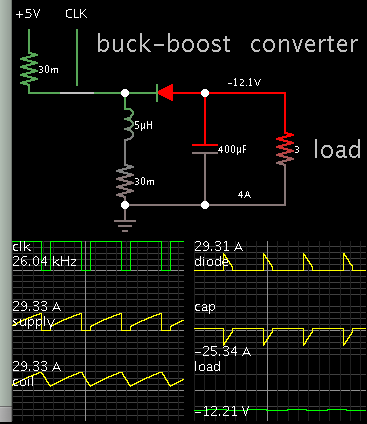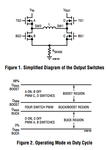CaptainSpock
Junior Member level 3
Hi everyone
I reference this design from LTC3780 datasheet and made some adjustment to output a 12V/max current 4A from a input range of 5-15V. I build the circuit on a breadboard and tested with a input voltage of 5V but I am getting only 3.8-4V on the output. Can anyone enlighten me what's wrong with my circuit design? Any help will be very much appreciated

Datasheet: http://cds.linear.com/docs/en/datasheet/3780ff.pdf
CaptainSpock
I reference this design from LTC3780 datasheet and made some adjustment to output a 12V/max current 4A from a input range of 5-15V. I build the circuit on a breadboard and tested with a input voltage of 5V but I am getting only 3.8-4V on the output. Can anyone enlighten me what's wrong with my circuit design? Any help will be very much appreciated

Datasheet: http://cds.linear.com/docs/en/datasheet/3780ff.pdf
CaptainSpock

